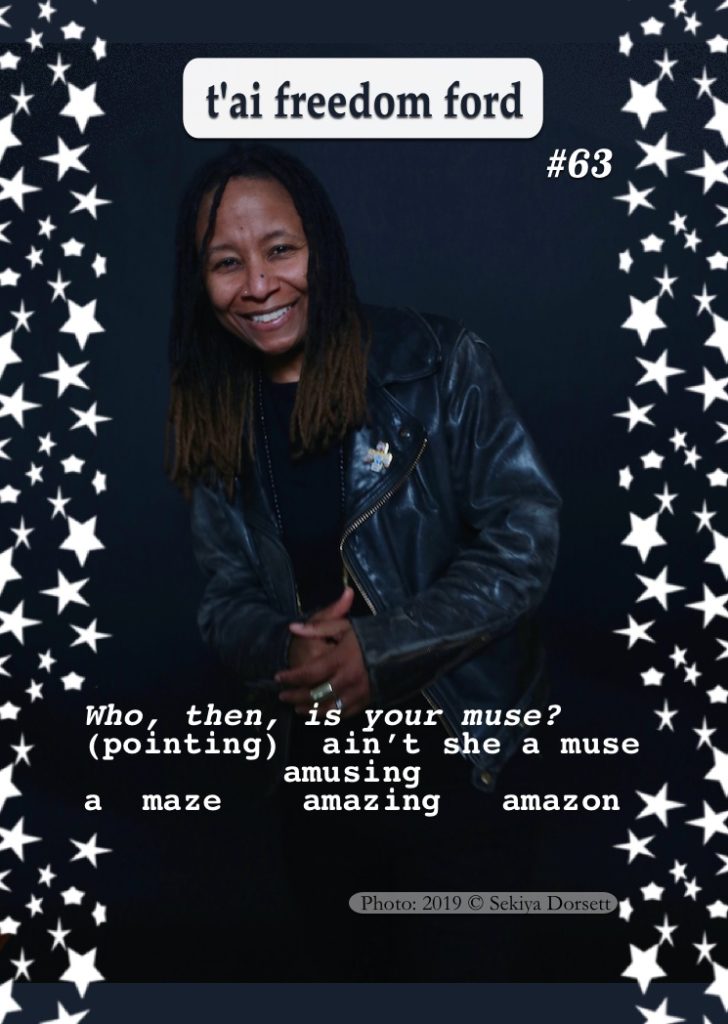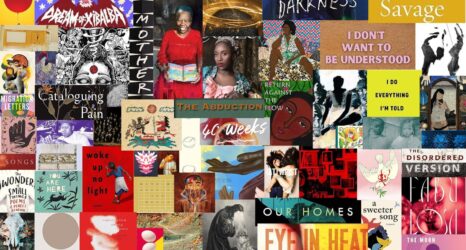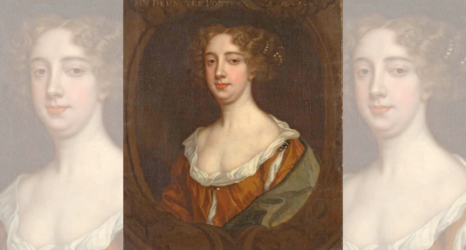Coming out doesn’t make you at home in the world; nor, certainly, does sex. You need bonds beyond sex: a community, a culture, a shared set of obsessions.
“Love on the March,” Alex Ross, The New Yorker 11/12/12
When I was a young lesbian in rural New Jersey in the ‘70s, I was completely lost in a dark sea and sky—without stars, sun or moon to guide me. The word “lesbian” was only uttered, when it was uttered at all, with contempt and mockery. There appeared to be no place for me in society and culture, and to express myself would be dangerous. I wrote poems, and kept my poems private: a community of one.
Then I saw two words in the Village Voice that pierced through the fog: Lesbian Nation. A whole nation of people like me!
It’s 2020, and I’m still sharply attuned to Lesbian Nation, especially the poet part of the population. Where are the stars, sun and moon of lesbian poets? I look for you always. I love most those lesbian poets who are fearless and inclusive and complete, who don’t censor themselves. Let me share your voices with the world. So I did, starting Lavender Review and Headmistress Press.
This year, Headmistress Press is proud to announce the inaugural Sappho’s Prize in Poetry, awarded annually for one full-length poetry collection by a lesbian. To celebrate and promote this prize, I’m posting a series of short monthly book reviews or interviews here on msmagazine.com.
Full disclosure: I’ve published some of these poets in Lavender Review, though I haven’t published any of their books. Headmistress Press made Lesbian Poet Trading Cards for some of these poets. Some of these poets have served or will serve as judges for the Headmistress Press Charlotte Mew Chapbook Contest.
Vi Khi Nao, Naomi Replansky and Mary Meriam were the first three poets in this series.
This month, I interview t’ai freedom ford about her fantastic new collection, & more black—which I love madly.

Here is ford in her own words:
WHO IS T’AI FREEDOM FORD? I am Black. Which is to say that I am African. And Colored. And Negro. And New Negro. And sometimes “nigger.” I am also queer. Which is to say that I am lesbian. Dyke. Butch. And sometimes “sir.” Always, I am woman. Which is to say that I am tomboi. Boi. Masculine of center. Androgynous. As a Black, queer, masculine presenting woman, my writing is informed by these identities and how someone like me negotiates the mainstream/dominant American culture that consistently seeks to marginalize my voice and the voices of those who look, act and love like me.
I totally feel what Patrick Rosal says about & more black:
These poems suffer none of the ongoing American foolishness. They snap so hard you might—as I did—jump up and run out of the room laughing at their brilliant, slicing wit. They are composed with soul and funk and lightning-fast intelligence. This poet will reward your reading over and over with her impressive power and relentlessly exuberant music.
MARY MERIAM:
First of all, I’m so glad your fearless, fierce book exists, t’ai. But “fearless, fierce” doesn’t do it justice. I’m at a loss, so I’ll turn again to these very true words in your book: “The poems are rebellious, outspoken, and take no shit. They investigate Black art, Black bodies, Black sexuality, and Black language, unapologetically and with a capital B.”
I know you’re inspired by Black artists (Wanda Coleman and Wangechi Mutu are two of my favorites), but is there something in your life that gave you the strength to write such powerful poems?
T’AI FREEDOM FORD:
Well, I like to think that I walk with my ancestors and are righteously guided by them. I’ve also live 47 years on this planet as a Black, queer, masculine presenting woman. There’s an inherent strength one has to have to live in one’s truth. So my personal experience definitely informs the poetry I write. At the same time I’m considering ancestral histories and ways of articulating their stories. My grandmother and aunts were very creative people but they couldn’t afford to consider themselves artists. My obsession with Black artists in some ways honors those family members who didn’t have the luxury of pursuing their artistic passions beyond hobby.
MARY MERIAM:
The second poem in & more black, “people in glass towers should not imagine us,” says:
“i spy dark things dancing in my periphery / i cross the street but it is only the trees / poplocking in the wind.”
[Popping: A form of urban dance originating in California in the late 1970s, involving rhythmic contractions of the dancer’s muscles to accent the beat, usually performed to funk music. Poplocking: A word used to describe popping when people don’t know anything about the dance.]
This is such a vivid way of saying the trees are dancing in another world, not knowing the urban dance. What is your relationship with nature and nature poetry? Or do you consider yourself strictly an urban poet?
T’AI FREEDOM FORD:
I definitely do not write nature poetry, but I also don’t consider myself an urban poet. I tend to resist most labels placed on my poetry or existence as a poet. I write what compels and read what’s compelling. I’m not confined to any style or genre.
MARY MERIAM:
I haven’t scanned every poem for meter, but I noticed iambs make an appearance in the “heartbeat” last line of “dear Ebonics”: “& when whitewash tries / to render your black spectacular irrelevant / your heartbeat whisper: i be i be i be.”
What inspired you to write “Black-ass sonnets,” as you call them? How did it feel to write a whole book (or two) of 14-line poems? Did you want to deliberately break the sonnet rules to make a statement? If so, what is that statement?
T’AI FREEDOM FORD:
I have to give credit to Terrance Hayes for introducing me to the work of Wanda Coleman and her sonnets especially. In an interview she spoke of creating rules for her “American sonnets” that took inspiration from another totally American art form, Jazz. For me it was less about breaking the rules of say a Shakespearean sonnet, but like Coleman I sought to create my own rules inspired by the conventions and lyricism of hip-hop.
MARY MERIAM:
Craig Morgan Teicher begins a review in The New York Times with this sentence, “Poetry has a way of waiting for its readers to catch up with it.” What is your perspective on popularity and fame in poetry?
T’AI FREEDOM FORD:
I tend to write with a specific audience in mind, so I tend to meet readers where they are. I don’t want my work to be ahead of its time but timely and resonant. I’d rather not be famous at all, but I do care that my work is well read and in the hands of the people. I want the work to be popular. Having said that, I do appreciate the moment poetry and poets seem to be having right now. Social media has allowed for poets to become personalities and I think that can be amazing on a lot of levels. Where it can become problematic is when unfair comparisons and unrealistic expectations are placed on poets who desire neither popularity nor fame.





